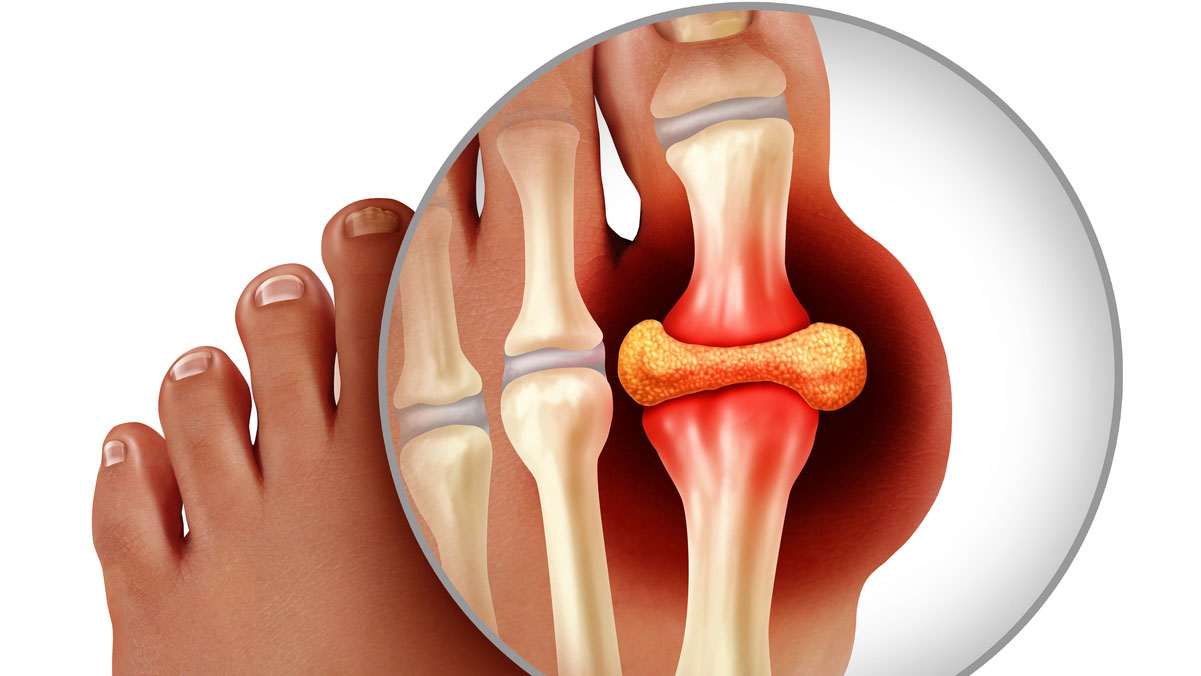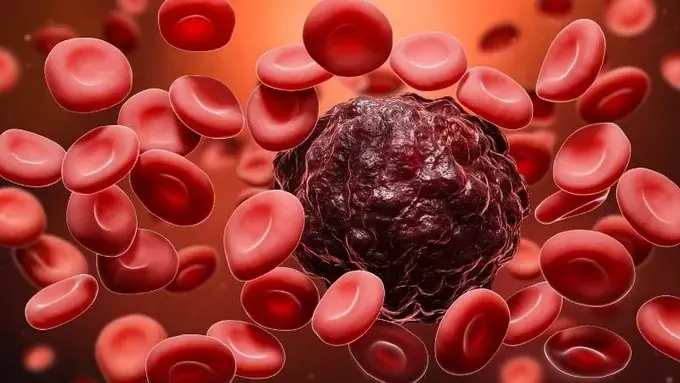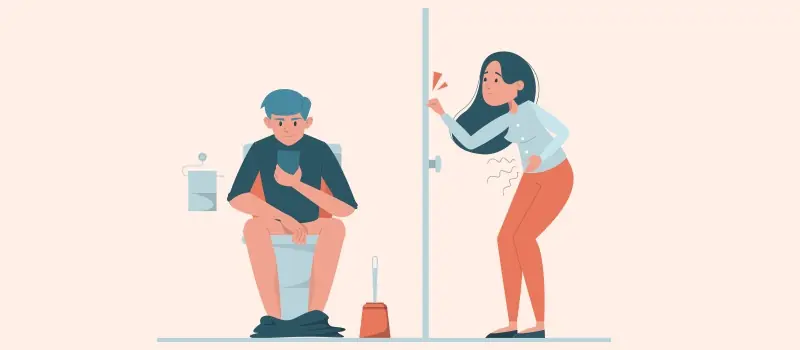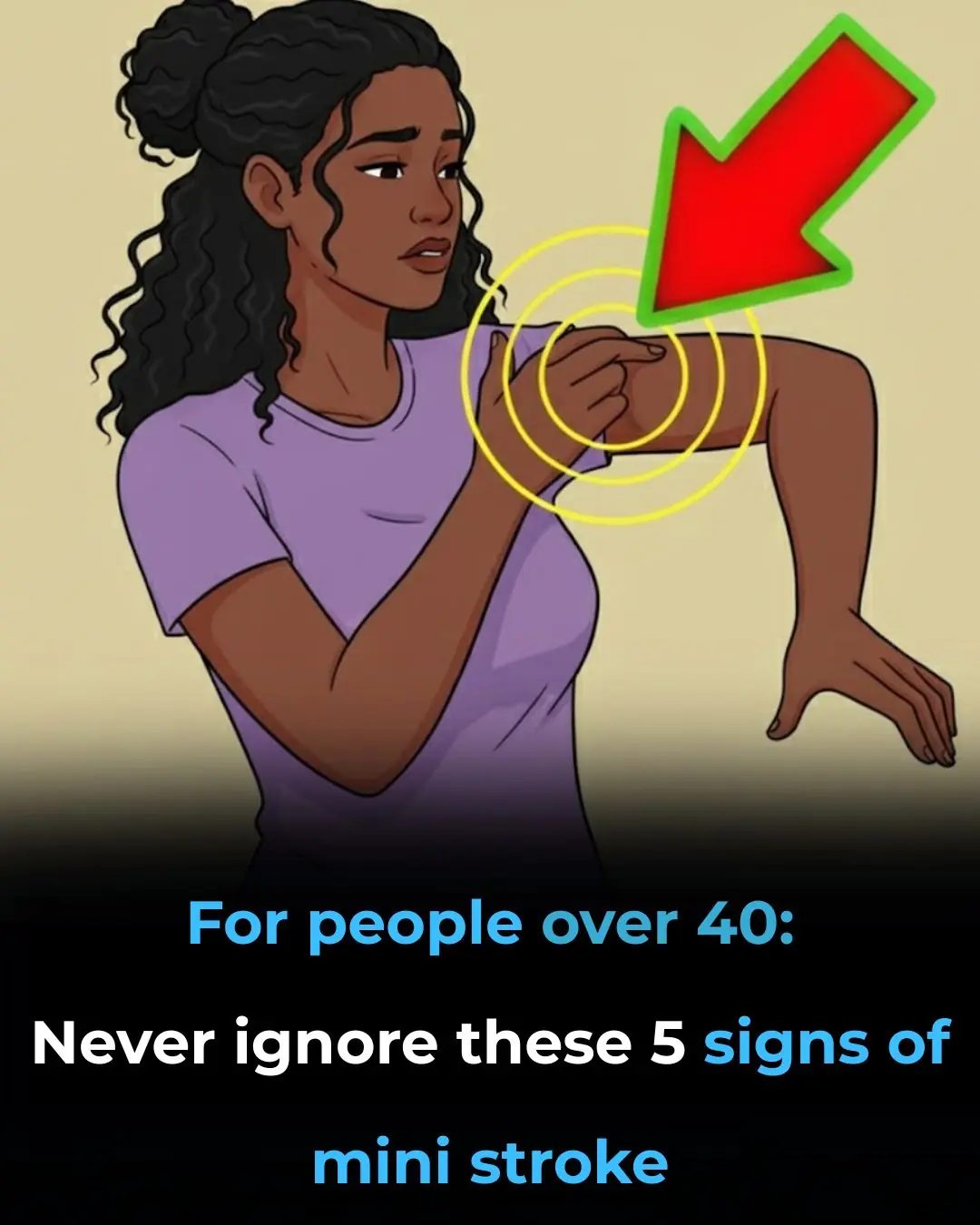
HIGH URIC ACID? SEE THE WARNING SIGNS & RELIEF TIPS
High uric acid is a health issue that many people do not notice until the symptoms become painful and disruptive. Uric acid is a natural waste product formed when the body breaks down substances called purines, which are found in some foods and drinks. Normally, uric acid dissolves in the blood and is removed by the kidneys. Problems begin when the body produces too much, or the kidneys cannot remove it efficiently. When uric acid levels become too high, sharp crystals can form and collect in the joints. This condition is often known as gout. Paying attention to warning signs and learning effective relief strategies can help prevent serious complications.
One of the most common warning signs of high uric acid is sudden joint pain. This pain usually targets the big toe, but it can also occur in the ankles, knees, wrists, or fingers. The affected joint may feel extremely tender to the touch and become swollen, warm, or red. Even a light blanket touching the area can cause discomfort. Some people experience stiffness that makes movement difficult. Attacks often come unexpectedly, sometimes waking people up during the night. Without treatment, these painful episodes can become more frequent and spread to additional joints.
Fatigue is another sign that may accompany high uric acid. When the kidneys are overworked trying to filter excess acid, the body can feel tired and low on energy. In certain cases, people might also notice kidney stones. These stones develop when uric acid builds up in the kidneys and hardens. They cause sharp pain in the lower back or abdomen and may lead to blood in the urine. If left unchecked, kidney damage can occur over time.
While the warning signs can be alarming, there are several relief tips and lifestyle habits that help manage uric acid levels. Staying hydrated is one of the easiest and most effective steps. Drinking enough water helps the kidneys flush out uric acid more efficiently. People should aim for several glasses a day, especially in hot weather or after physical activity.
Making smart dietary choices is another key strategy. Cherries, for example, are well known for their anti-inflammatory benefits and may help reduce uric acid in the blood. Foods rich in vitamin C, like citrus fruits and vegetables, can offer similar support. It is wise to cut back on high-purine foods such as red meat, organ meats like liver, and certain seafood including sardines and shellfish. Sugary drinks and alcohol, especially beer, can also raise uric acid levels and should be limited. Replacing these with healthier options such as water, low-fat dairy, and fresh produce encourages better long-term control.
Maintaining a healthy weight brings additional benefits. Excess weight increases uric acid production and places more stress on the joints. Gradual weight loss through balanced eating and regular exercise can lower uric acid and reduce the risk of gout attacks. Physical activity should be gentle during painful episodes to avoid worsening inflammation, but light movement like walking is helpful once the pain decreases.
Some people may need medical treatment if lifestyle changes are not enough. Doctors can prescribe medications to help the body remove uric acid or to ease inflammation and pain during flare-ups. Following medical advice consistently matters, because ignoring symptoms may lead to chronic joint damage.
High uric acid does not have to control your life. Recognizing the warning signs early means you can take action before the condition becomes severe. By making thoughtful choices every day, anyone can support their health, protect their joints, and feel more comfortable in their own body. If symptoms persist, reaching out to a healthcare professional is the best step toward long-term relief and confidence in managing uric acid levels.
News in the same category


🌿 The Forgotten Healing Drink Making a Powerful Comeback

You’ll NEVER Shave the Same Again After Seeing This Onion Trick

Don’t Drink Coconut Water Before You Know These 11 Secrets!

Expert, 95 Years Old with 60 Years of Cancer Research Reveals: You Must Avoid These 4 Things So Cancer Doesn’t Come Knocking

Sharp Pain in Ear: Causes, Treatments and When to See a Doctor

Each Tooth Is Associated With An Organ In The Body – Pain In Each Tooth Can Predict Problems In Certain Organs

Amazing vitamin can help stop cancer growth and this is how much you need

THE BEST HOME REMEDIES THAT END CONSTIPATION FAST AND NATURALLY

Say Goodbye to Diabetes, Fatty Liver, and Joint Pain with This Powerful Remedy!

Prepare ginger this way to prevent cancer, reduce cholesterol and lower blood sugar levels!

Mini Stroke in People Over 40

Doctors reveal that eating APPLES causes...

ALERT! 7 Early Signs Your Kidneys Are Crying for Help

Why You Shouldn’t Pluck Your Nose Hairs

Top 15 Bizarre Signs of Magnesium Deficiency You Need to Know

5 Foods That Can Damage Your Thyroid (Even Though They Look Healthy)

4 Powerful Remedies to Eliminate Parasites — #2 Will Surprise You!

10 Early Warning Signs Your Liver Is in Trouble (Don’t Ignore #4!)
News Post

Papaya Sap for Cracked Heels: A Simple Natural Remedy

Garlic for Ear Health: Natural Relief and Protection

Old Doctors’ Secret: Mix Olive Oil + Black Pepper to Fix 11 Problems After 60 — See Results in 1 Week

🌿 The Forgotten Healing Drink Making a Powerful Comeback

You’ll NEVER Shave the Same Again After Seeing This Onion Trick

HOW I GREW MY EYELASHES IN JUST 7 DAYS — Naturally with Castor Oil

7 Essential Leaves to Naturally Improve Your Eye Health

Don’t Drink Coconut Water Before You Know These 11 Secrets!

White Clover (Trifolium repens): 15 Benefits and Homemade Uses

7 Benefits and Uses of Ageratum conyzoides

How often should you shower

Expert, 95 Years Old with 60 Years of Cancer Research Reveals: You Must Avoid These 4 Things So Cancer Doesn’t Come Knocking

Sharp Pain in Ear: Causes, Treatments and When to See a Doctor

Each Tooth Is Associated With An Organ In The Body – Pain In Each Tooth Can Predict Problems In Certain Organs

Here’s the secret why everyone puts avocados on the fire!

Amazing vitamin can help stop cancer growth and this is how much you need

Euphorbia Hirta: 30 Benefits and How to Use It Safely

THE BEST HOME REMEDIES THAT END CONSTIPATION FAST AND NATURALLY

Lady places cup of vinegar into microwave. Here’s the genius reason why
